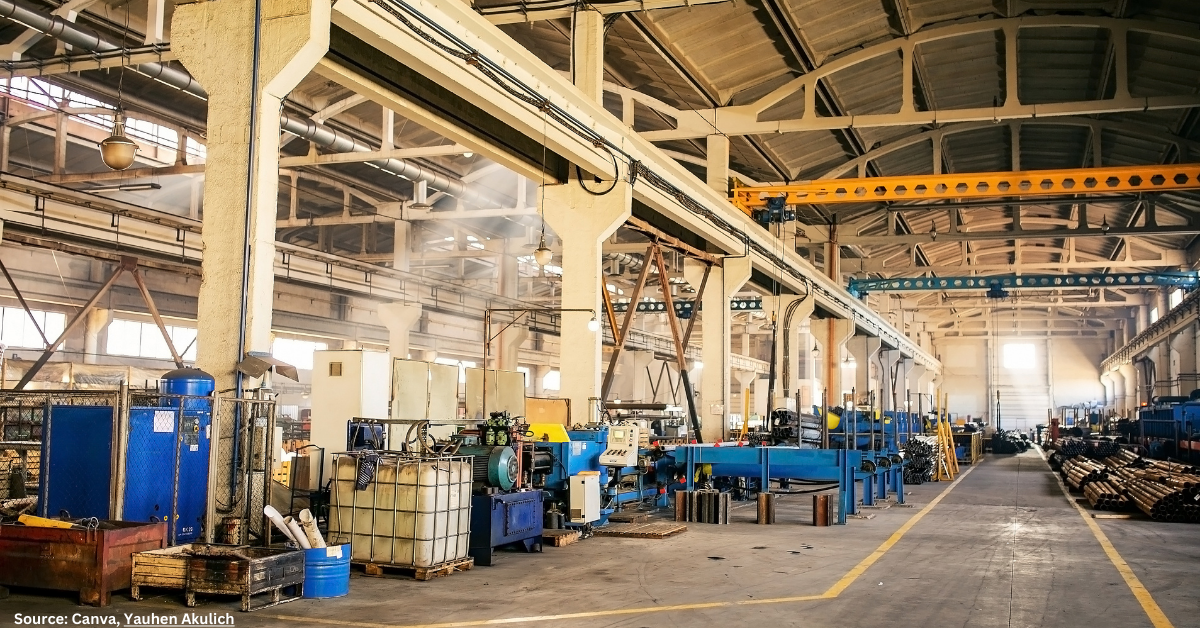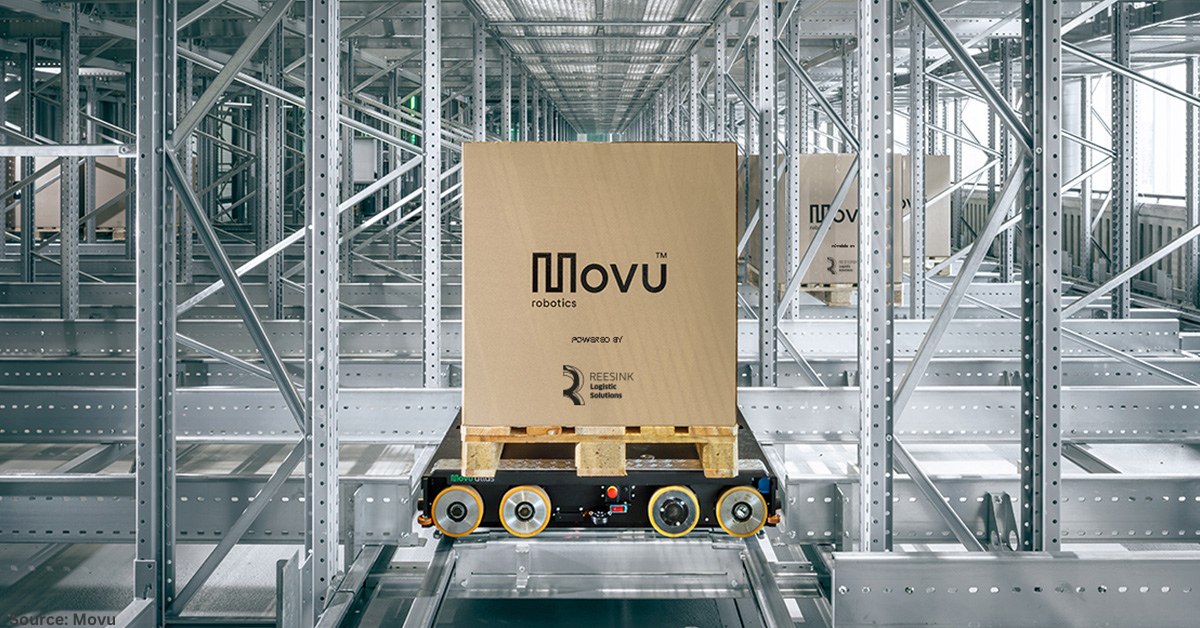Research from Gartner has revealed that smart factory operations have the potential to help supply chain leaders achieve many of their highest priorities, but the challenges are too often underestimated.
The allure of numerous benefits, from expanding lights-out manufacturing capabilities to improving quality and solving labour challenges, can also present the biggest pitfall, as organisations may rush into launching smart factory initiatives without a clear understanding of the extent of the challenges facing them.
“Smart factory operations hold the allure of numerous benefits for supply chain leaders, from expanding lights out manufacturing capabilities to improving quality and solving labour challenges,” said Gartner VP Analyst Simon Jacobson in Gartner’s Supply Chain Practice.
“The potential for transformational benefits can also present the biggest pitfall, as organizations may rush into launching smart factory initiatives without a clear understanding of the extent of the challenges facing them.”
To this end, Gartner has identified the five top risks to avoid when launching new smart factory initiatives.
The first risk is confusing factory optimization with business model transformation. The optimization benefits of a smart factory are confined to that single site. When smart factory initiatives are disconnected from the rest of the supply chain, the site-level benefits can come at the expense of creating costly constraints elsewhere in the business.
The second risk is overlooking the scope of change management. New technology acquisition may be straightforward and relatively cheap. Still, underestimating the resulting changes to existing processes, integrations, and new performance targets can drive up both cost and time.
The third risk is underestimating the complexity of aligning and converging IT, OT, and ET. Governance for smart factories is not just centred on plant-business connections but also on how IT, operational technology (OT), and engineering technology (ET) are managed. These three are inseparable, and their convergence and alignment are critical as production models change.
The fourth risk is insufficient funding for upskilling, reskilling, and talent development. Modernizing learning and development (L&D) programs to help associates learn, acquire and retain knowledge to acquiesce to new experiences is essential. So too is enabling employees to execute the work they are aligned to support through additional education and upskilling.
The fifth risk is narrowly focusing on a single use case and technology. As technology options increase and expand, too much focus on enabling technologies and the “art of the possible” can expose organizations to a significant IT backlog and technical debt.
While smart factory operations hold the allure of numerous benefits for supply chain leaders, launching smart factory initiatives without a clear understanding of the extent of the challenges facing them can lead to pitfalls. Therefore, it is crucial for organisations to take a holistic and comprehensive approach to smart factory initiatives to avoid these risks and achieve long-term success.























































Follow us on social media